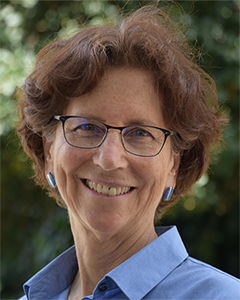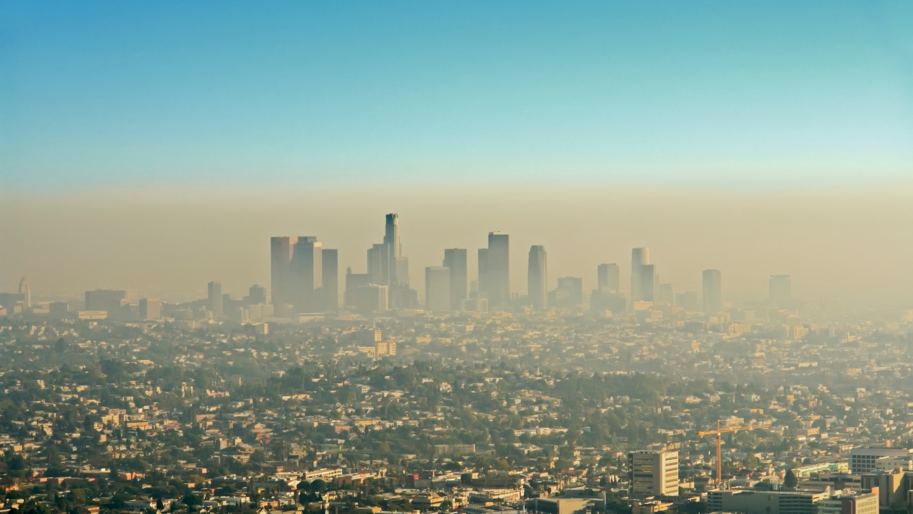Another year of record-breaking heat resulted in a major increase in heat-related deaths across the country in 2023, with people of color and the elderly most impacted. Here in California, extreme heat combined with wildfire smoke caused increased hospitalizations for lower-income communities as well as Latino, Black, Asian, and other communities of color.
The legacy of redlining, lack of medical insurance, uninsulated buildings, and treeless neighborhoods are all contributing factors. Homes and workplaces with air conditioning and quality insulation — as well as neighborhoods with tree canopies and cooling centers — cope better with extreme heat and polluted air.
Many Californians already have compromised health from intensifying air pollution in urban areas, making them more vulnerable to extreme heat. According to a national air quality report released this month, California has some of the worst air quality of any state in the nation.
Of course, the climate crisis does not affect all California regions equally either. The combination of rising temperatures, summer smog, and wildfire smoke means that the Central Valley could experience three months of unhealthy air per year by the 2050s — significantly more than affluent, coastal regions. Climate-fueled atmospheric rivers have also led to a surge in Valley fever cases. The flooding caused by extreme rainstorms is helping to spread this once-rare fungal disease, making winters potentially as dangerous as summers for those near flooded areas.
Environmental justice communities have been calling out these health disparities for decades. Now, California’s leaders must respond and protect communities on the frontlines of climate impacts. There are signs of progress at the local level. For example, the Los Angeles County Board of Supervisors voted in January to develop a new legal requirement that would establish a maximum allowable temperature in rental units, which could help about a million people avoid heat-related illness and hospitalizations.
To make more life-saving climate solutions a reality, California policymakers must prioritize equitable climate investments in our state budget. Our state has the means to address climate inequities, we just need the political will. Please act today by urging Governor Newsom to eliminate fossil fuel subsidies and reinvest billions of dollars in equitable climate solutions.
This blog first appeared in The Climate Center’s bi-weekly newsletter. To keep up with the latest climate news and ways to take action for a climate-safe future, subscribe today!


